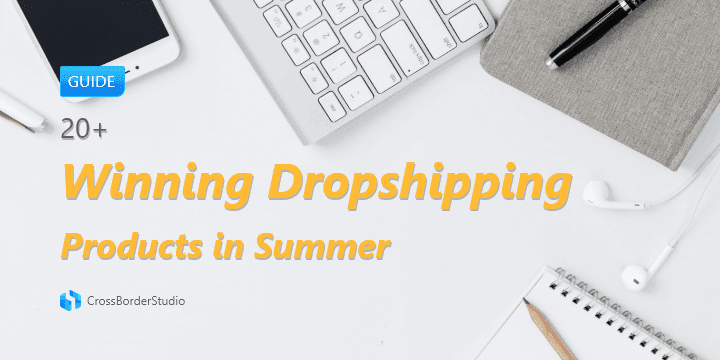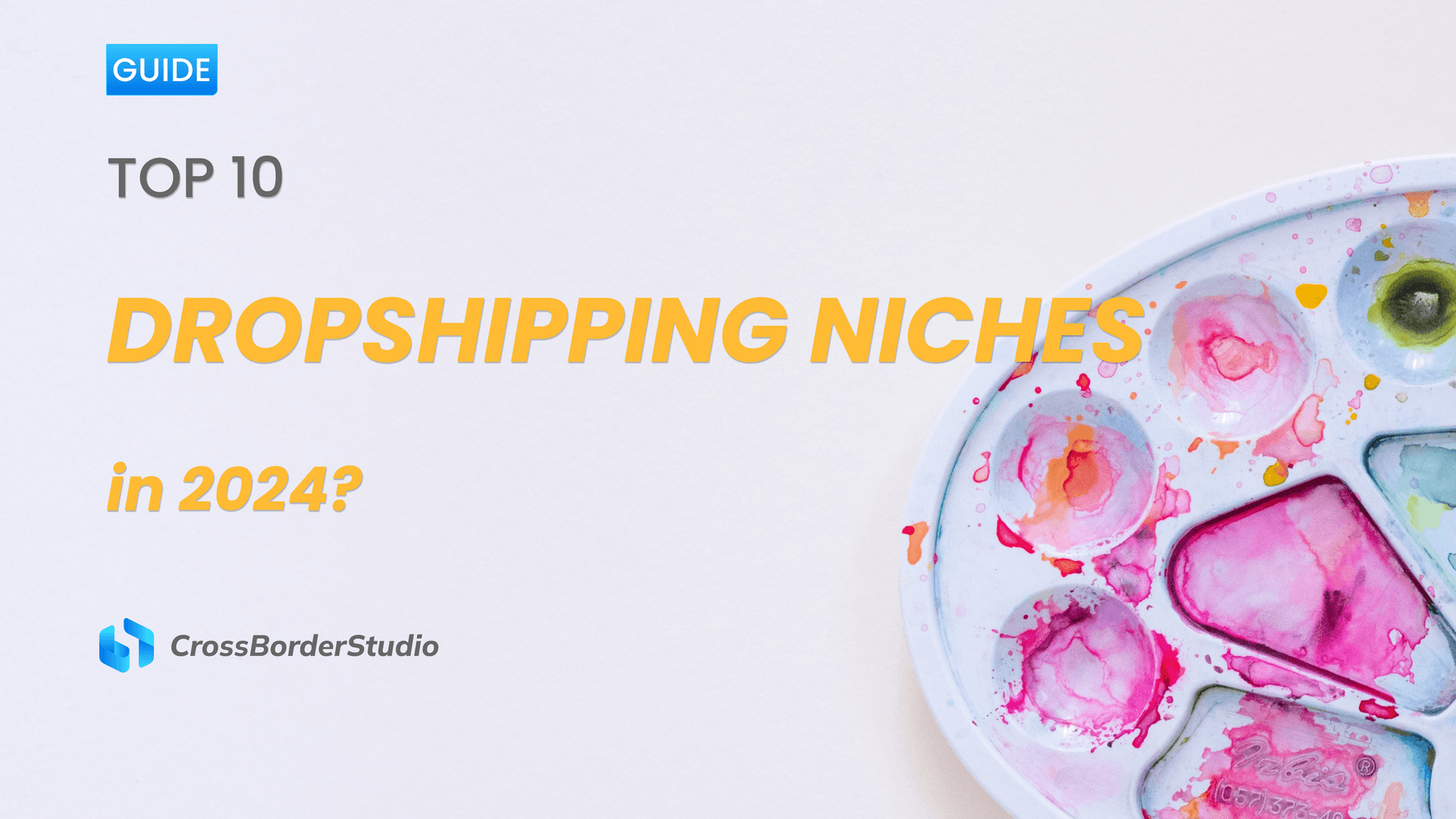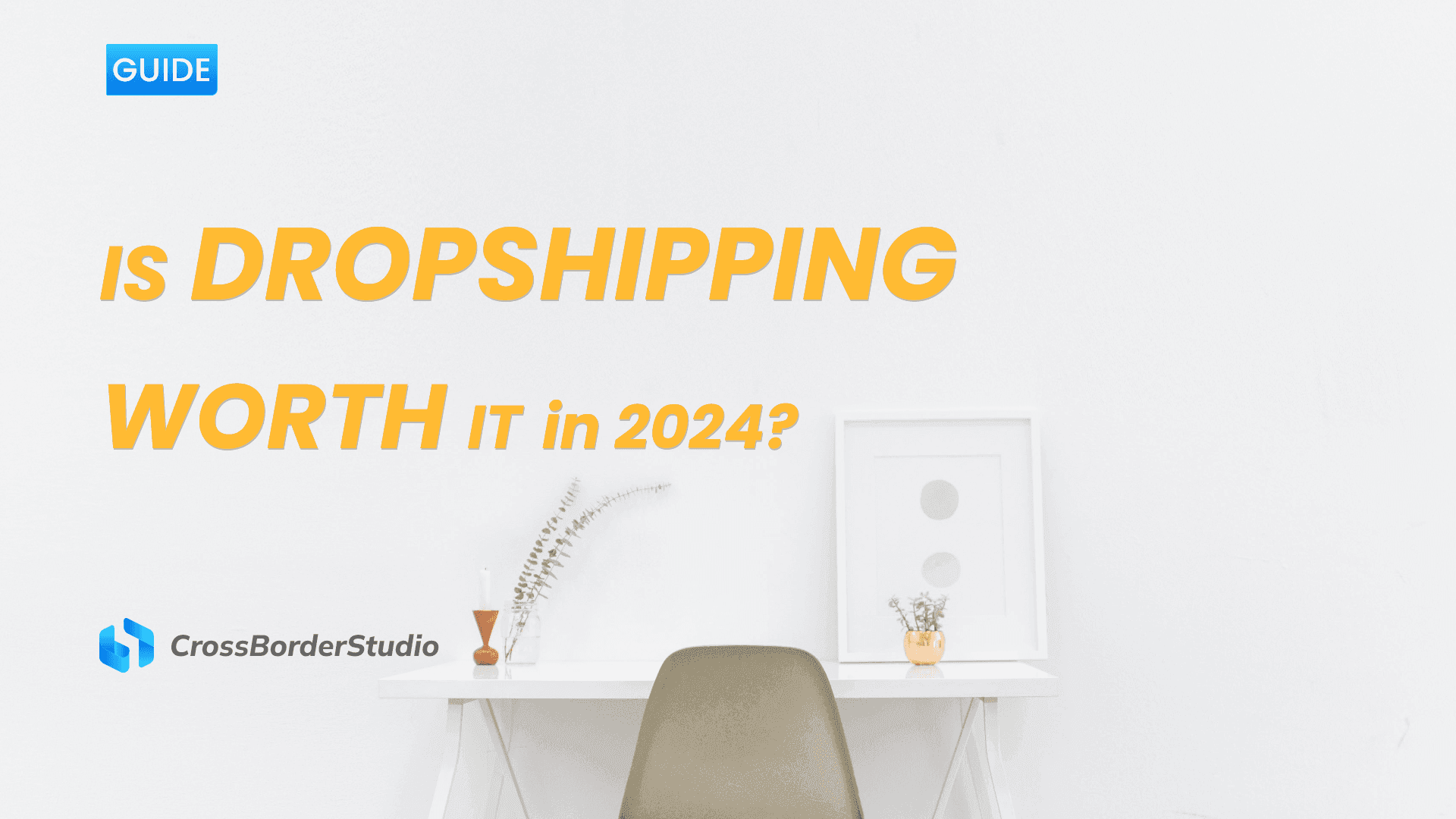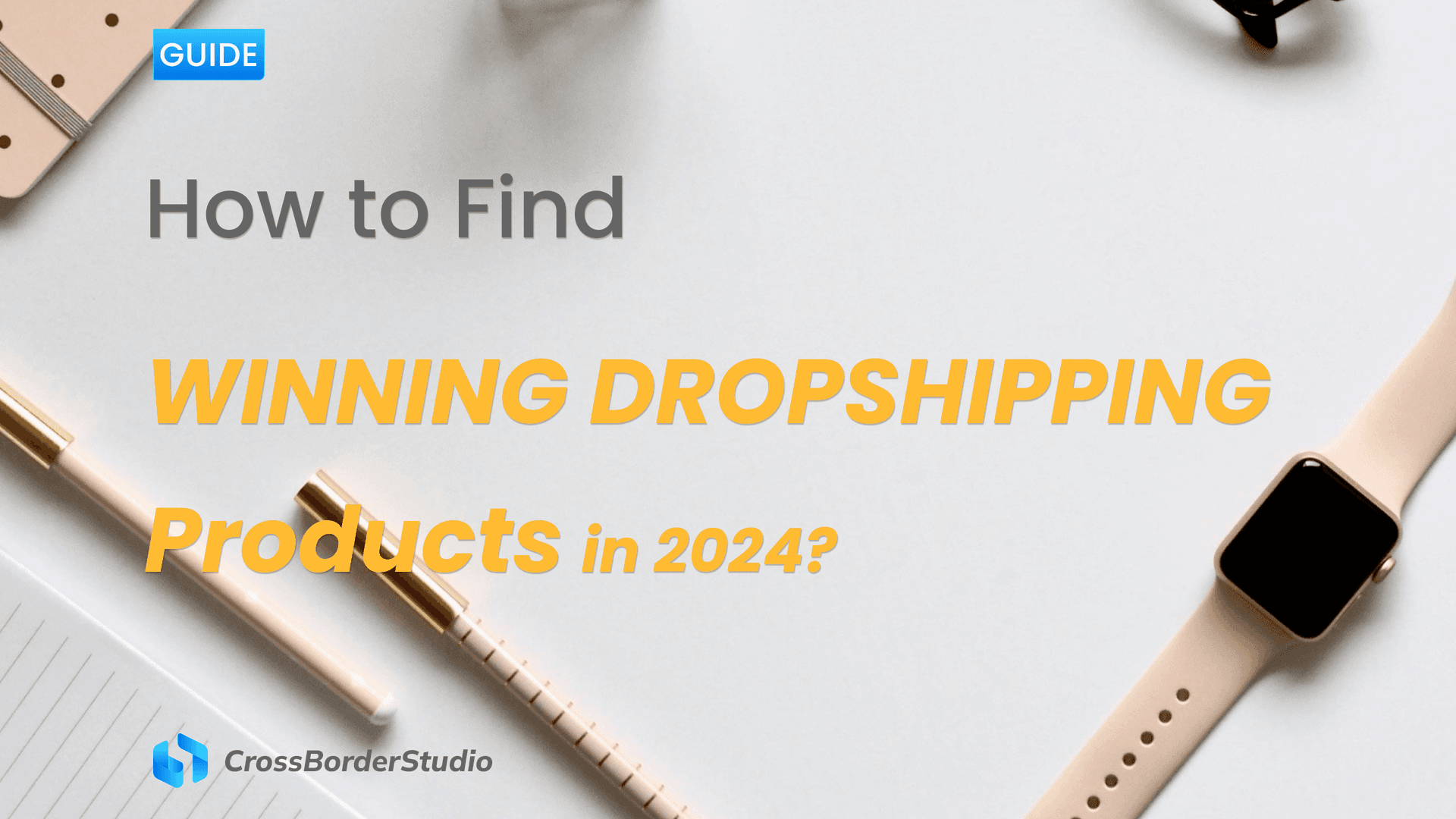
You may get confused with the fee for IOSS VAT stated on the quotation sheet of a dropshipper. Simply put, the Import One-Stop-Shop (IOSS) provides an electronic portal created to centralize the declaration and payment of VAT for distance sales of imported goods (with a value not exceeding €150) for overseas-based sellers. To learn more, you can check out our answers to the seven most frequent IOSS questions to clear up any doubts and get you started on smoother EU deliveries.
Table of contents
1. What is IOSS ?
The Import One-Stop-Shop (IOSS) was introduced in July 2021 to streamline international shipping and simplify declaring and paying VAT. IOSS aims to smoothen cross-border trade within the EU by streamlining VAT collection for low-value imports.
Essentially, dropshipper can apply for a unique number that allows him to pay tax on all goods he sells to various EU countries under one monthly VAT return. This greatly reduces the amount of paperwork he has to fill out. He can use the IOSS number to deliver goods across the whole of the European Union — no need to fill out different forms and pay varying amounts for different countries.
2. VAT Tax VS IOSS
VAT Tax is mandatory while IOSS is a good way to fulfill the taxes.
- VAT (Value Added Tax) is a mandatory tax applied to most goods and services sold within the European Union. VAT rates can vary between different EU countries and product categories, ranging from around 17% to 27%. The actual VAT rate you'll pay depends on the product category and the specific EU country it's being shipped to.
Please note that VAT is calculated based on the declaration value. Some suppliers may undervalue goods on invoices to reduce the amount of VAT charged. While declaring a low customs value might seem like a way to reduce taxes, it has risks. If officials inspect your shipment and find a significant difference between the declared value and the actual value, you'll face penalties and fines. These fines may be higher than the value of the goods.
You can find the specific VAT rate by checking the EU Commission website, which provides information on VAT rates across different EU countries https://taxation-customs.ec.europa.eu/vat-rates_en. If you're still unsure about VAT rates or have complex situations, consider consulting a VAT specialist familiar with EU regulations.
- IOSS (Import One-Stop Shop) is a good way to fulfill the taxes.
As a good way to fulfil the taxes, IOSS simplifies VAT collection for low-value imports (€150 or less) from outside the EU.
Suppose a merchant decides not to participate in the IOSS system. He will often be obliged to register for VAT in multiple countries and file multiple VAT returns. He will also have to comply with complex, time-consuming import VAT processes.
For example, he’ll need to either pay any clearance costs himself (Delivery Duty Paid or DDP), or his customers will need to pay VAT to receive their items (Delivery Duty Unpaid or DDU). Often, unexpected DDU costs lead to poor customer experience and fewer repeat sales. By contrast, IOSS just simplifies VAT collection for low-value imports (€150 or less) from outside the EU. While the alternative mechanism will be considerably more complex and time-consuming.
3. How does IOSS work?
Here's the gist of how IOSS works:
- It applies to goods imported into the EU from non-EU countries (also called third countries) with a value not exceeding €150.
- Businesses selling these goods online can register for an IOSS number. After successful registration, a unique VAT IOSS number will be issued to the seller, serving as an identifier for taxation purposes.
- Instead of customs handling VAT, the business includes the applicable EU country's VAT rate in the product price at checkout.
- This means the customer only gets charged VAT once, during checkout, and avoids any surprise fees upon delivery.
- For businesses, IOSS simplifies VAT paperwork by letting them file a single monthly return for all their EU sales instead of needing to deal with different procedures for each country.
- For customers, they see the total price including VAT upfront, avoiding surprise fees upon delivery. Also , pre-paying VAT can speed up customs clearance, leading to quicker deliveries.
Keep in mind: IOSS only applies to goods under €150 and excludes certain items like alcohol and tobacco.
4. Who can Apply for an IOSS Number?
Businesses selling goods valued at €150 or less from outside the European Union (EU) to customers within the EU.
Here's a breakdown of who typically applies:
- Non-EU Businesses: This applies to any company selling to the EU that isn't established within the EU itself.
- EU Businesses After Brexit: Following the UK's exit from the EU, UK businesses are now considered non-EU for VAT purposes and may need IOSS.
Here are some exceptions to applying for an IOSS number:
- Businesses selling goods exceeding €150 in value. IOSS is specifically designed for low-value imports.
- Businesses selling specific goods like alcohol and tobacco. These products are subject to different excise duties.
- Sellers on online marketplaces that already handle VAT collection under IOSS. Some marketplaces might manage IOSS registration and VAT collection for their sellers. Check the platform's policy to see if this applies to you.
Moreover, it’s important to note that registration for VAT IOSS isn’t limited to just suppliers. Entities that facilitate the distribution of goods, such as operators of digital interfaces (for instance, online auctions or platforms enabling transactions), also have the opportunity to register under VAT IOSS.
5. How to Obtain an IOSS Number?
Obtaining an IOSS number depends on business location:
EU Businesses:
- If your business is established within the EU, you can generally register for IOSS directly through the IOSS portal of any EU member state. The specific registration process may vary slightly depending on the country you choose.
Non-EU Businesses:
- Businesses located outside the EU typically require an EU intermediary to manage the IOSS registration process on their behalf. This intermediary, a taxable person established within the EU, will handle VAT collection and filing for your EU sales.
- Some online marketplaces like Amazon, eBay, or Etsy might offer IOSS registration for their sellers. Check the platform's policy to see if they handle IOSS for you.
6. How to Use an IOSS Number?
Once registered for the IOSS, follow a number of steps to take advantage of the mechanism.
- Clearly display the amount of VAT owed to the buyer
- Provide the IOSS number to customs authorities
- Collect VAT on all eligible goods
- Ensure shipments do not exceed €150
- Submit regular IOSS VAT invoices and pay VAT payment due to the relevant EU country
- Keep accurate records for at least ten years
7. VAT IOSS vs. VAT OSS
While both IOSS and OSS simplify VAT procedures for e-commerce businesses, they cater to different situations:
-
VAT IOSS: Designed for businesses outside the EU selling low-value goods (€150 or less) to EU customers. IOSS simplifies VAT collection and avoids delays at customs by allowing businesses to pre-collect and pay VAT at the point of sale.
-
VAT OSS: Focuses on businesses already established within the EU selling goods to customers in other EU member states. VAT OSS simplifies VAT filing by allowing businesses to submit a single VAT return for all their EU sales, instead of needing to register for VAT in each country.
In short:
- IOSS = Streamlined VAT collection for importing goods into the EU.
- OSS = Simplified VAT filing for selling within the EU.
Conclusion
Think of IOSS as a one-stop shop for handling this tax on imported goods.
IOSS lets you collect a special tax (VAT) upfront from your customers for goods valued €150 or less. This makes things smoother for everyone involved, especially at customs. Please remember that IOSS is only for goods coming into the EU, not sales happening within the EU (that's VAT OSS).
To learn more details, please contact CrossBorderStudio.








